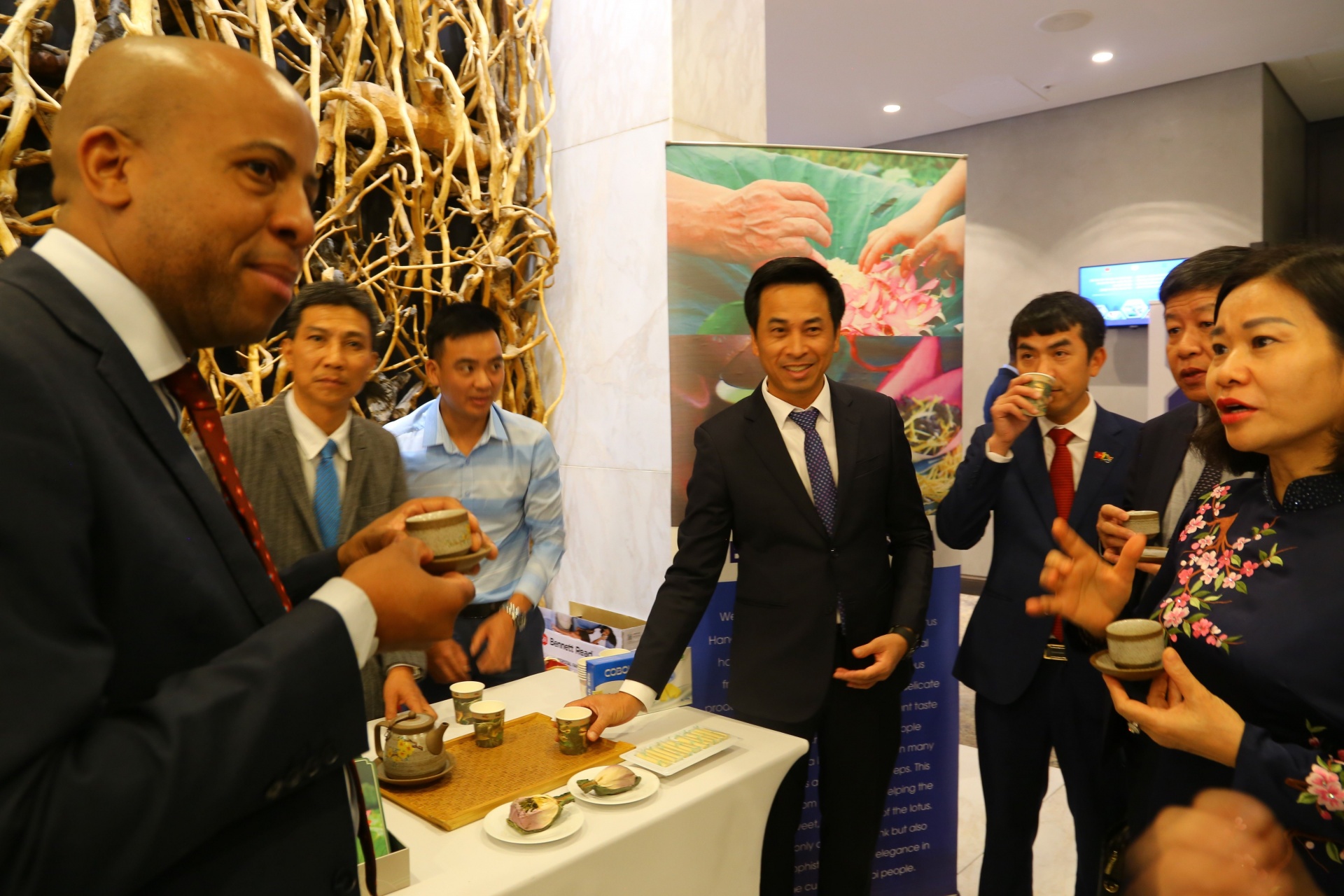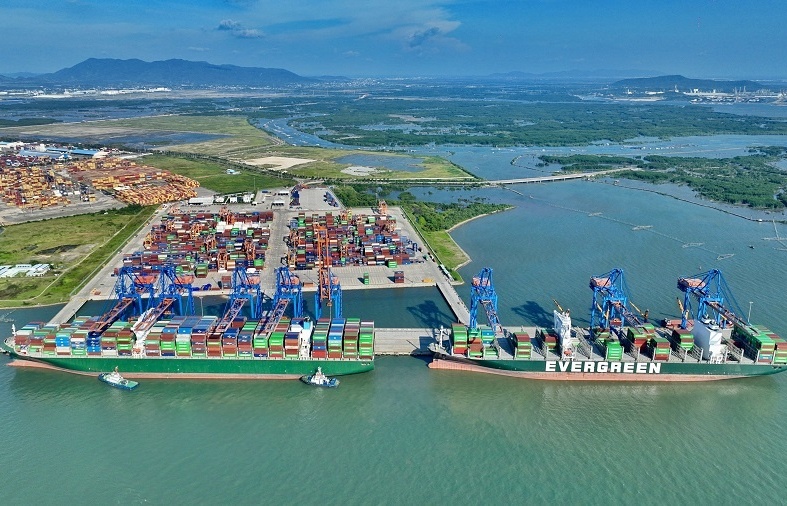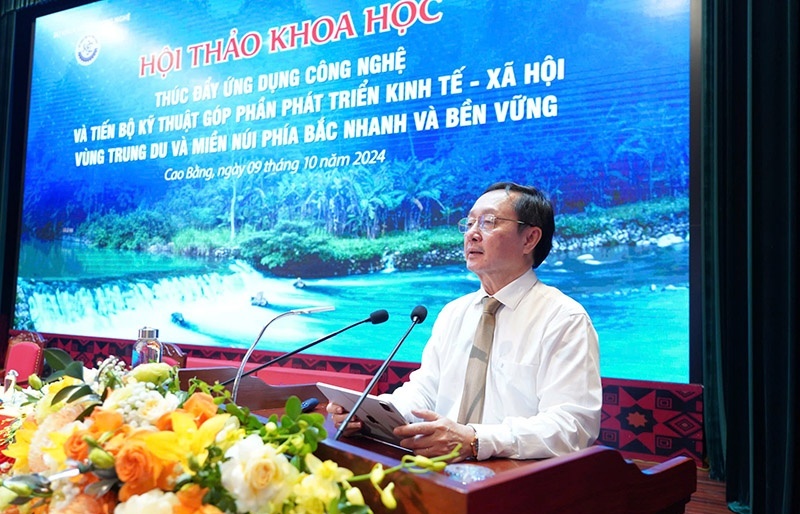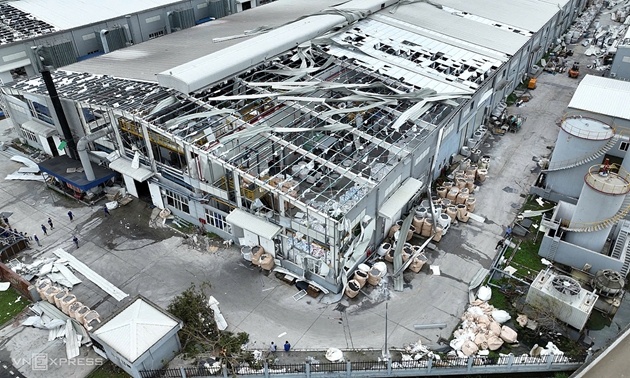Foreign firms power into electricity generation market
South Korean firms including Posco Energy, Keangnam Enterprises and Lotte are the latest names to express an interest in investing in power generation projects in the country.
According to Quang Ninh People’s Committee, Posco Energy just signed a memorandum of understanding with the committee to carry out a feasibility study for a 1,200-megawatt thermoelectricity plant in the northern province. The $2 billion project will be run under a build-operate-transfer (BOT) investment model.
This means the investor will build the plant and run it for a fixed time before transferring it to the government. In return, the government will grant Posco preferential incentives and support mechanisms to ensure the project’s profitability.
If Posco Energy invests in this project, it would be the firm’s third power plant in Vietnam, following a power plant in Ninh Binh province, and the Mong Duong II plant in Quang Ninh.
While Posco Energy is interested in its second project in Quang Ninh, Keangnam Enterprises – in association with Vietnam’s Hanoinco – have proposed an investment plan to build Van Phong II thermal power plant in Van Phong Bay, Khanh Hoa province. The plant has total capacity of 1,300 megawatts and is expected to be operational by 2020.
Meanwhile, according to Nghe An People’s Committee, Lotte has visited central Nghe An province to conduct a feasibility study to build Quynh Lap thermal power centre. Like Posco Energy, both Keangnam Enterprise and Lotte want to develop the project under the BOT model.
According to the Ministry of Industry and Trade (MoIT), the southern region faces the threat of electricity blackouts in 2014-2015 due to a limited power supply. The nation needs another 36,000 megawatts from thermal power plants added to the grid by 2020 to ensure power security.
The movement of these three South Korean companies to make BOT power projects underlines the fact that the power sector in Vietnam is an attractive sector for foreign direct investment in Vietnam.
Over the last 15 years, only five power projects have been granted to foreign investors under the BOT model. Those include Phu My 3, Phu My 2.2, Mong Duong 2, Hai Duong and Vinh Tan 1 thermoelectricity plants. But this will increase as several foreign companies are currently in negotiations, or are conducting feasibility studies for power investment national wide such as South Korea’s Samsung C&T Corporation, India’s Tata Power, Singapore’s Sembcorp Industries, Thailand’s EGATI and the US’ ExxonMobil.
What the stars mean:
★ Poor ★ ★ Promising ★★★ Good ★★★★ Very good ★★★★★ Exceptional
Latest News
More News
- Vietnam’s economy on track for 6.5 per cent growth despite Typhoon Yagi, says HSBC (October 01, 2024 | 16:46)
- Vietnam urges China to expand market access for agricultural products and strengthen trade ties (October 01, 2024 | 16:42)
- IMF predicts Vietnam's economic growth to reach 6.1 per cent in 2024 (September 30, 2024 | 18:26)
- Deli Group breaks ground on $270 million factory in Hai Duong (September 30, 2024 | 18:17)
- Government considering tax on multiple properties (September 27, 2024 | 20:17)
- Accuracy more vital than ever in dawn of AI (September 26, 2024 | 20:44)
- Vietnam remains attractive destination for US businesses (September 26, 2024 | 20:23)
- New innovation centre inaugurated during HEF 2024 (September 25, 2024 | 09:00)
- China's Geely to build $168 million automobile facility with Tasco in Thai Binh (September 24, 2024 | 19:03)
- Spate of claims made in typhoon aftermath (September 19, 2024 | 17:00)

















 Mobile Version
Mobile Version